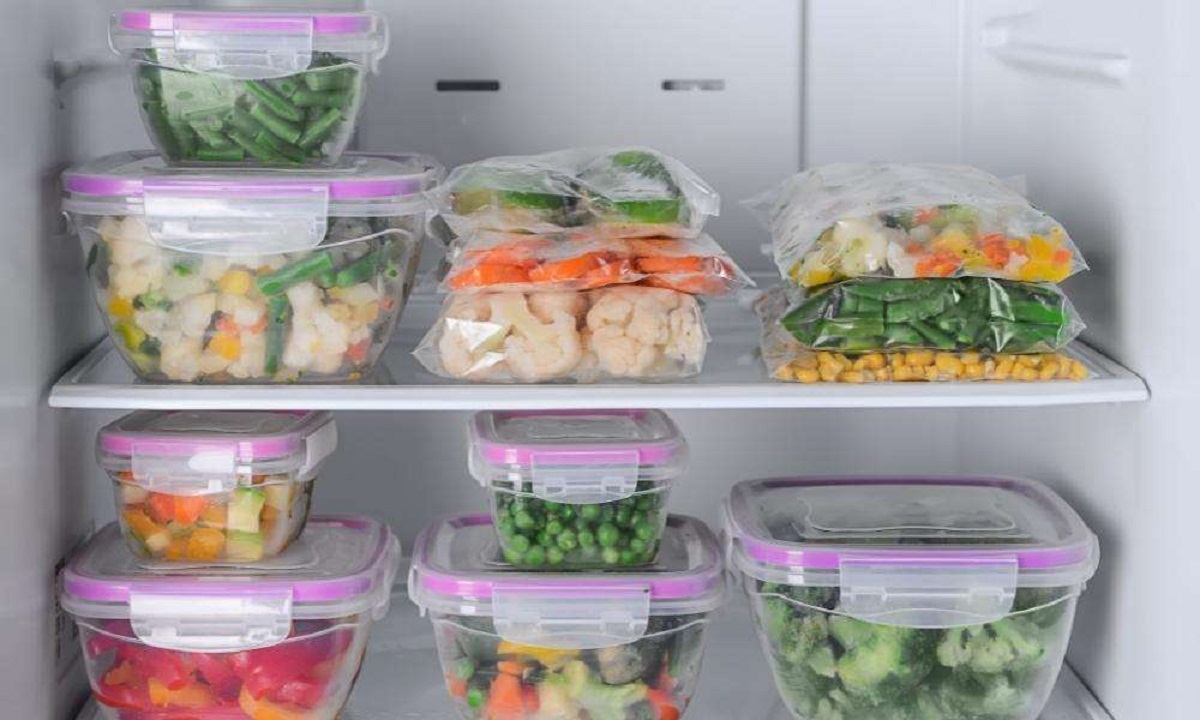

Articles
How To Store Vegetables Long Term
Modified: January 18, 2024
Looking for articles on how to store vegetables long term? Discover useful tips and techniques for preserving your produce for extended freshness.
(Many of the links in this article redirect to a specific reviewed product. Your purchase of these products through affiliate links helps to generate commission for Storables.com, at no extra cost. Learn more)
Introduction
Storing vegetables long-term is a great way to ensure a continuous supply of fresh and nutritious produce. Whether you have a bountiful harvest from your garden or want to take advantage of seasonal produce, properly storing vegetables can help you preserve their freshness and flavor for an extended period.
When it comes to long-term vegetable storage, the key is to create optimal conditions that promote a longer shelf life and prevent spoilage. In this article, we will explore various methods of storing vegetables to help you maintain their quality and nutritional value.
Before diving into the specific storage methods, it is crucial to understand that not all vegetables are suitable for long-term storage. Some vegetables are known for their ability to stay fresh for extended periods, while others have shorter shelf lives. It’s important to choose the right vegetables and handle them properly to maximize their longevity.
In the following sections, we will discuss the different methods of storing vegetables, including root cellars, cold storage rooms, basements, garages or sheds, refrigerators, freezers, canning, fermentation, and dehydration. Each method has its own advantages and considerations. By understanding these methods, you can select the one that best suits your needs and resources.
So, let’s delve into the world of long-term vegetable storage and discover the secrets to preserving your favorite vegetables for months on end!
Key Takeaways:
- Preserve the freshness and nutritional value of vegetables by choosing the right storage method based on their durability and moisture content. From root cellars to refrigerators, each method offers unique advantages for long-term vegetable storage.
- Properly preparing and packaging vegetables is essential for long-term storage. From cleaning and drying to choosing the right storage containers, these steps help prevent spoilage and maintain the quality of vegetables over an extended period.
Read more: How To Store Persimmons Long Term
Choosing the Right Vegetables
Not all vegetables are created equal when it comes to long-term storage. Some vegetables have a natural ability to stay fresh for longer periods, while others are more perishable and require quick consumption. When selecting vegetables for long-term storage, consider their durability and shelf life.
Root vegetables such as carrots, beets, turnips, and potatoes are excellent candidates for long-term storage. They have a dense texture and a protective outer skin, which helps to keep them fresh for a longer time. Additionally, these vegetables can withstand cool temperature and high humidity, making them suitable for various storage methods.
Other vegetables that fare well in long-term storage include winter squash, onions, garlic, and cabbage. These vegetables have a higher moisture content, but they possess natural storage qualities that allow them to stay fresh for several weeks or even months.
On the other hand, certain vegetables are more delicate and have shorter shelf lives. Leafy greens like lettuce, spinach, and kale tend to wilt and spoil quickly. Tomatoes, cucumbers, and peppers also have a higher water content and are best stored using different methods, such as canning or freezing.
When selecting vegetables for long-term storage, inspect them for any signs of damage or decay. Only choose vegetables that are in prime condition, free from blemishes or bruises. It’s also essential to harvest vegetables at their peak maturity to ensure maximum storing potential.
By selecting the right vegetables for long-term storage, you can reduce the chances of spoilage and preserve the freshness and nutritional value of your produce for an extended period.
Preparing Vegetables for Long-Term Storage
Properly preparing vegetables before storing them is crucial for extending their shelf life and maintaining their quality. Here are some essential steps to follow:
- Cleaning: Thoroughly wash vegetables under running water to remove any dirt, debris, or pesticides. Use a vegetable brush to gently scrub the surface of root vegetables to ensure they are clean.
- Drying: After cleaning, it’s important to dry the vegetables thoroughly. Excess moisture can lead to mold or rot during storage. You can air dry them on a clean towel or use a paper towel to pat them dry.
- Trimming: Inspect the vegetables for any signs of damage or decay. Remove any spoiled or bruised portions. For root vegetables, trim off any excess foliage or long roots, leaving about an inch of the stem intact.
- Curing: Some vegetables, such as onions and garlic, benefit from a process called curing. Curing involves drying the outer skin of the vegetables to create a protective layer. Place these vegetables in a warm, well-ventilated area for a few weeks before storing them.
- Storage Containers: Choose appropriate storage containers based on the storage method you plan to use. For example, baskets or wooden crates work well for root cellars, while plastic or glass containers are suitable for refrigeration or freezing. Ensure that the containers are clean and dry before transferring the vegetables.
By following these preparation steps, you can ensure that your vegetables are clean, dry, and ready for storage. This will help prevent the growth of bacteria or mold, and maintain the freshness and flavor of the vegetables over an extended period.
Storing Vegetables in a Root Cellar
A root cellar is a traditional method of storing vegetables that utilizes the cool, dark, and humid environment found underground. This method is particularly effective for storing root vegetables and other hearty crops. Here’s how you can store vegetables in a root cellar:
- Choose a Suitable Location: Look for a cool and dark location in your home, such as a basement or a separate underground storage area. Make sure the area has good ventilation to prevent any buildup of moisture.
- Prepare the Area: Clean the storage space and ensure there are no leaks or cracks that could allow moisture or pests to enter. Install shelves or racks to organize and separate different types of vegetables.
- Control Temperature and Humidity: Maintaining the optimal temperature and humidity levels is crucial. Most vegetables prefer a temperature range between 32-50°F (0-10°C). The humidity should be around 90-95% to prevent the vegetables from drying out.
- Packaging: Place the vegetables in containers or crates lined with damp sand, sawdust, or straw. This helps to maintain the required humidity levels and prevents direct contact between the vegetables and the storage surface.
- Inspect Regularly: Check on your stored vegetables frequently, removing any spoiled ones to prevent them from affecting others. Also, monitor the temperature and humidity levels to ensure they remain within the ideal range.
Root cellars provide a natural and energy-efficient method of long-term vegetable storage. By replicating the cool and humid conditions found underground, you can extend the shelf life of your vegetables and enjoy fresh produce throughout the winter months.
Storing Vegetables in a Cold Storage Room
If you don’t have access to a root cellar, another option for storing vegetables is a cold storage room. This can be a separate room in your house or an insulated space in a garage or shed. Here’s how you can store vegetables in a cold storage room:
- Select a Suitable Location: Choose a room or space that is well-insulated and can maintain a consistently cool temperature. Avoid areas that are prone to extreme temperature fluctuations.
- Temperature and Humidity Control: The ideal temperature for a cold storage room is around 32-40°F (0-4°C). It’s important to monitor and control the temperature to prevent freezing or spoilage. The humidity level should be maintained between 60-70% to prevent vegetables from drying out.
- Organize and Separate: Use shelves, crates, or storage bins to effectively organize and separate different types of vegetables. Keep vegetables with similar storage requirements together to prevent any cross-contamination or ethylene buildup, which can lead to spoilage.
- Proper Ventilation: Ensure proper ventilation in the cold storage room to prevent the buildup of moisture. This can be achieved by installing vents or using fans to circulate the air.
- Regular Maintenance: Regularly check the stored vegetables for any signs of spoilage or rot. Remove any damaged or decaying vegetables to prevent them from affecting others.
A cold storage room provides a controlled and conducive environment for preserving the freshness and quality of vegetables. With proper temperature and humidity management, you can extend the shelf life of your harvested produce and enjoy homegrown goodness for an extended period.
Read more: How To Store Tomatoes Long Term
Storing Vegetables in a Basement
A basement can be a convenient and viable option for storing vegetables if you don’t have access to a root cellar or a cold storage room. Here are some steps to effectively store vegetables in a basement:
- Choose a Suitable Area: Select a section of the basement that is cool, dark, and well-ventilated. Look for a space away from direct sunlight and with a relatively stable temperature.
- Temperature and Humidity Control: The temperature in the basement should ideally be maintained between 32-50°F (0-10°C). It’s important to monitor and regulate the temperature to avoid extremes. The humidity level should be around 60-70% to prevent the vegetables from drying out.
- Storage Containers: Use crates, boxes, or mesh bags to store the vegetables. Avoid using plastic bags as they tend to trap moisture and can lead to spoilage. Make sure the containers have proper ventilation to allow air circulation.
- Organize and Separate: Keep different types of vegetables separate to prevent cross-contamination. Place vegetables with similar storage requirements together. For example, root vegetables can be stored together, while leafy greens should be stored separately.
- Frequent Inspection: Regularly check the stored vegetables for any signs of spoilage or rot. Remove any damaged or decaying vegetables to prevent them from affecting others. Also, monitor the temperature and humidity levels to ensure they remain within the optimal range.
When using a basement for vegetable storage, it’s important to consider the ambient conditions and make necessary adjustments to maintain the ideal temperature and humidity levels. With proper care and monitoring, you can successfully store vegetables in a basement and extend their shelf life for several weeks or even months.
Storing Vegetables in a Garage or Shed
If you have a garage or shed with suitable conditions, it can serve as an alternative storage space for vegetables. Follow these steps to effectively store vegetables in a garage or shed:
- Select a Cool Spot: Choose the coolest area in your garage or shed, away from direct sunlight and heat sources. This could be a corner or a section that remains relatively cool throughout the day.
- Temperature and Humidity Considerations: Ensure that the temperature stays within the range of 32-50°F (0-10°C). Avoid extreme temperature fluctuations, as they can affect the quality of the vegetables. The humidity level should be maintained around 60-70% to prevent the vegetables from drying out.
- Storage Containers: Use crates, boxes, or mesh bags to store the vegetables. Ensure that the containers have proper ventilation to allow for air circulation. Avoid using plastic bags as they can trap moisture and contribute to spoilage.
- Organize and Separate: Keep different types of vegetables separate to prevent cross-contamination. Group vegetables with similar storage requirements together. For example, root vegetables can be stored together, while leafy greens should be stored separately.
- Frequent Inspection: Regularly check the stored vegetables for any signs of spoilage or rot. Remove any damaged or decaying vegetables to prevent them from affecting others. Also, monitor the temperature and humidity levels to ensure they remain within the optimal range.
While storing vegetables in a garage or shed is convenient, it’s important to carefully monitor the conditions. Be mindful of any temperature fluctuations, pests, or excessive moisture that may impact the quality of the stored vegetables. By implementing proper storage practices, you can successfully store your vegetables in a garage or shed and preserve their freshness for an extended period.
Store root vegetables like carrots, beets, and potatoes in a cool, dark place with good air circulation to extend their shelf life. Avoid storing them near fruits, as fruits release ethylene gas which can cause vegetables to spoil faster.
Storing Vegetables in a Refrigerator
A refrigerator is a common and convenient option for storing vegetables, especially those with shorter shelf lives. Here’s how you can effectively store vegetables in a refrigerator:
- Prep and Package: Clean and dry the vegetables thoroughly before placing them in the refrigerator. Remove any excess foliage or trim them to fit inside the storage containers.
- Proper Storage Containers: Use perforated plastic bags, plastic containers with lids, or reusable vegetable storage bags to store the vegetables. These containers help maintain the right level of moisture while allowing air circulation.
- Temperature Setting: Set the refrigerator’s temperature to around 32-40°F (0-4°C) to keep the vegetables cool without freezing them. Check the temperature periodically to ensure it stays within the optimal range.
- Separate Ethylene-Producing Vegetables: Some vegetables, such as tomatoes, apples, and avocados, produce ethylene gas, which can accelerate the ripening process and impact nearby vegetables. Store these ethylene-producing vegetables separately or use ethylene-absorbing products to reduce ethylene levels.
- Don’t Overcrowd: Avoid overcrowding the refrigerator, as it can impede air circulation and affect the cooling efficiency. Leave some space between the vegetables to allow for proper airflow.
- Frequent Check and Rotation: Regularly check the stored vegetables for any signs of spoilage or rot. Remove any damaged or decaying vegetables promptly to prevent them from spoiling the others. Additionally, rotate the vegetables periodically to ensure even utilization.
Storing vegetables in a refrigerator helps maintain their freshness and nutritional value for a longer period compared to leaving them at room temperature. However, it’s important to use the refrigerator efficiently and properly handle the vegetables to prevent spoilage or cross-contamination.
Storing Vegetables in a Freezer
If you want to preserve vegetables for an extended period, freezing is an excellent method. Freezing vegetables helps retain their flavor, texture, and nutritional value. Here’s how you can effectively store vegetables in a freezer:
- Preparation: Clean and blanch the vegetables before freezing them. Blanching involves quickly boiling the vegetables and then submerging them in ice water to halt the cooking process. This helps preserve the vegetables’ color, texture, and nutrients.
- Proper Packaging: Package the blanched vegetables in airtight containers or freezer bags to prevent freezer burn and maintain freshness. Squeeze out any excess air from the bags before sealing them.
- Labeling and Dating: Label each container or bag with the vegetable’s name and the date of freezing. This ensures you can easily identify and use the vegetables within the recommended storage time.
- Optimal Freezer Temperature: Set your freezer to maintain a temperature of 0°F (-18°C) or below. It’s crucial to keep the freezer at a consistently low temperature to maintain the quality of the frozen vegetables.
- Organized Storage: Arrange the vegetable packages in an organized manner, grouping similar vegetables together. This makes it easier to locate specific vegetables and helps prevent cross-contamination.
- Utilize Space Efficiently: Pack the frozen vegetables tightly and make efficient use of the freezer space. However, ensure that there is enough space for proper airflow to facilitate efficient freezing and thawing.
- Thawing Techniques: When ready to use, thaw the frozen vegetables in the refrigerator or by blanching them briefly in boiling water. Avoid thawing and refreezing vegetables, as it can compromise their texture and quality.
Freezing vegetables allows you to enjoy their freshness and nutritional benefits even when they are out of season. By following the proper freezing techniques and storage guidelines, you can extend the shelf life of your vegetables and have a ready supply for delicious and healthy meals throughout the year.
Read more: How To Store Apples Long-Term
Storing Vegetables through Canning
Canning is a popular method for preserving vegetables by sealing them in airtight containers. This method allows vegetables to be stored at room temperature for an extended period. Here’s how you can store vegetables through canning:
- Select Fresh Vegetables: Choose fresh and high-quality vegetables for canning. It’s important to use vegetables at their peak ripeness to ensure optimal flavor and nutritional value.
- Prepare the Vegetables: Wash the vegetables thoroughly, remove any dirt or debris, and trim them as necessary. Depending on the vegetable, you may need to blanch them briefly before canning.
- Choose Canning Method: There are two main canning methods: water bath canning and pressure canning. Water bath canning is suitable for high-acid foods like tomatoes, pickles, and fruits. Pressure canning is necessary for low-acid foods like vegetables, meats, and soups.
- Follow Canning Instructions: Carefully follow a trusted canning recipe or guide to ensure proper food safety. This includes sterilizing the jars and lids, filling the jars with the prepared vegetables, and processing them at the recommended time and temperature.
- Seal and Store: After processing, check the seals on the jars to ensure they are properly sealed. Label the jars with the contents and the date of canning. Store the jars in a cool and dark place away from direct sunlight.
- Regularly Check Seals: Periodically check the seals on the jars to ensure they remain intact. If you find any jars with broken or unsealed lids, refrigerate or consume the contents immediately.
Canned vegetables offer convenience and a longer shelf life, allowing you to enjoy garden-fresh vegetables throughout the year. By following proper canning techniques and guidelines, you can safely store vegetables and preserve their flavors and nutrients for extended periods.
Storing Vegetables through Fermentation
Fermentation is an ancient preservation technique that not only extends the shelf life of vegetables but also enhances their flavor and nutritional value. Fermented vegetables are packed with probiotics and enzymes that promote a healthy gut. Here’s how you can store vegetables through fermentation:
- Select Fresh and Clean Vegetables: Choose fresh and organic vegetables that are free from any signs of spoilage or damage. Rinse them thoroughly to remove any dirt or debris.
- Prepare the Vegetables: Cut the vegetables into desired sizes or shapes. Some vegetables, like cabbage, may need to be shredded or thinly sliced to facilitate the fermentation process.
- Add Salt or Brine: Sprinkle salt or prepare a brine solution to help create the right environment for fermentation. The salt or brine draws out the vegetables’ natural juices, which combine with beneficial bacteria to initiate the fermentation process.
- Pack the Vegetables: Place the prepared vegetables in a fermentation vessel like a glass jar or a ceramic crock. Press the vegetables down firmly to remove any air pockets and ensure they are completely submerged in their own juices or brine.
- Allow Fermentation: Cover the fermentation vessel with a clean cloth or a specialized fermentation lid to allow gas to escape while preventing contaminants from entering. Store the vessel at room temperature and let the fermentation process occur for a few days to several weeks, depending on the desired level of fermentation.
- Taste and Store: Periodically check the fermentation process by tasting the vegetables. Once they reach the desired level of tanginess and flavor, transfer them to clean, airtight glass jars and store them in the refrigerator to slow down the fermentation process.
Fermented vegetables can be enjoyed as a side dish, a topping, or even in various recipes. They have a tangy and unique flavor profile that adds depth to dishes. By fermenting vegetables, you can extend their shelf life while gaining the added benefits of probiotics and nutrients.
Storing Vegetables through Dehydration
Dehydrating vegetables is an effective method of preserving them by removing the moisture content. Dehydrated vegetables are lightweight, compact, and have a long shelf life. Here’s how you can store vegetables through dehydration:
- Choose Fresh Vegetables: Select fresh, ripe vegetables that are at their peak quality. Avoid using overripe or damaged vegetables, as they may not dehydrate well.
- Preparation: Wash the vegetables thoroughly to remove any dirt or debris. Trim and cut them into uniform slices or pieces for even drying.
- Dehydration Method: There are several methods for dehydrating vegetables, including using a food dehydrator, an oven, or air-drying. Follow the instructions provided by your specific dehydration equipment or choose the most suitable method for your situation.
- Drying Time: Dehydration times can vary depending on the vegetables and the chosen method. Generally, vegetables should be dried until they are brittle and have no moisture remaining.
- Storage Containers: Once the vegetables are fully dehydrated, allow them to cool completely before transferring them to airtight containers. Use glass jars, vacuum-sealed bags, or Mylar bags to keep the dehydrated vegetables dry and protected from moisture and pests.
- Labeling and Storage: Label the containers with the name of the vegetables and the date of dehydration. Store the containers in a cool, dry, and dark place, such as a pantry or cupboard.
Dehydrated vegetables can be rehydrated and used in various dishes or snacks. They are also handy for camping trips, hiking, or emergency food supply. Dehydrating vegetables provides a convenient way to extend their shelf life while preserving their flavors and nutrients.
Conclusion
Storing vegetables long-term is a practical skill that allows you to enjoy fresh produce even when it’s out of season. Whether you have a surplus from your garden or want to take advantage of seasonal sales, understanding the various methods of vegetable storage is essential to maintain their quality and nutritional value for extended periods.
Choosing the right vegetables for long-term storage is the first step. Root vegetables, winter squash, onions, and cabbage are ideal candidates due to their durability and ability to withstand storage conditions. Leafy greens, tomatoes, and other delicate vegetables may require alternative storage methods such as freezing or canning to maintain their freshness.
Preparing vegetables for long-term storage is crucial. Cleaning, drying, trimming, and curing, when necessary, help ensure optimal results. Packaging the vegetables in appropriate containers or storage bags is essential for maintaining the right level of moisture and preventing spoilage.
The storage method you choose depends on the available resources and the specific vegetables you want to store. Root cellars, cold storage rooms, basements, garages or sheds, refrigerators, freezers, canning, fermentation, and dehydration are all viable options, each with its own advantages and considerations.
By following proper techniques and guidelines for each storage method, you can prolong the shelf life of your vegetables and preserve their freshness and flavor. Regular monitoring, inspection, and rotation of stored vegetables are necessary to prevent spoilage and maintain the overall quality.
Remember, vegetable storage is not a one-size-fits-all approach. Different vegetables may require different storage methods. Experimentation, observation, and learning from experience will help you refine your storage techniques over time.
So, whether you’re storing vegetables in a root cellar, utilizing a cold storage room, or canning and fermenting your harvest, you can enjoy the bounty of fresh vegetables long after they would typically be available. With the proper knowledge and techniques, you can savor the taste of your homegrown or locally sourced produce throughout the year and make the most of your vegetable harvest.
Frequently Asked Questions about How To Store Vegetables Long Term
Was this page helpful?
At Storables.com, we guarantee accurate and reliable information. Our content, validated by Expert Board Contributors, is crafted following stringent Editorial Policies. We're committed to providing you with well-researched, expert-backed insights for all your informational needs.


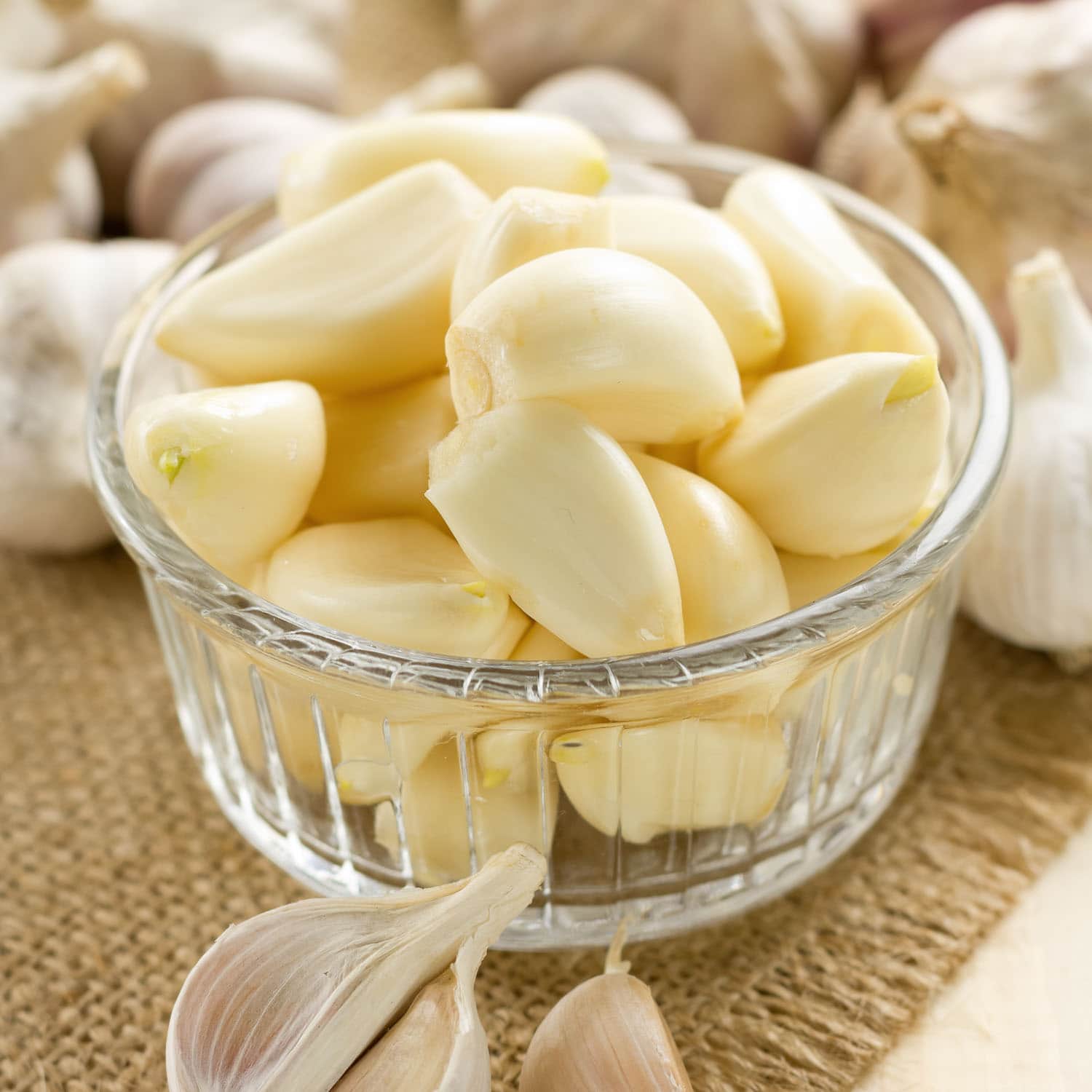
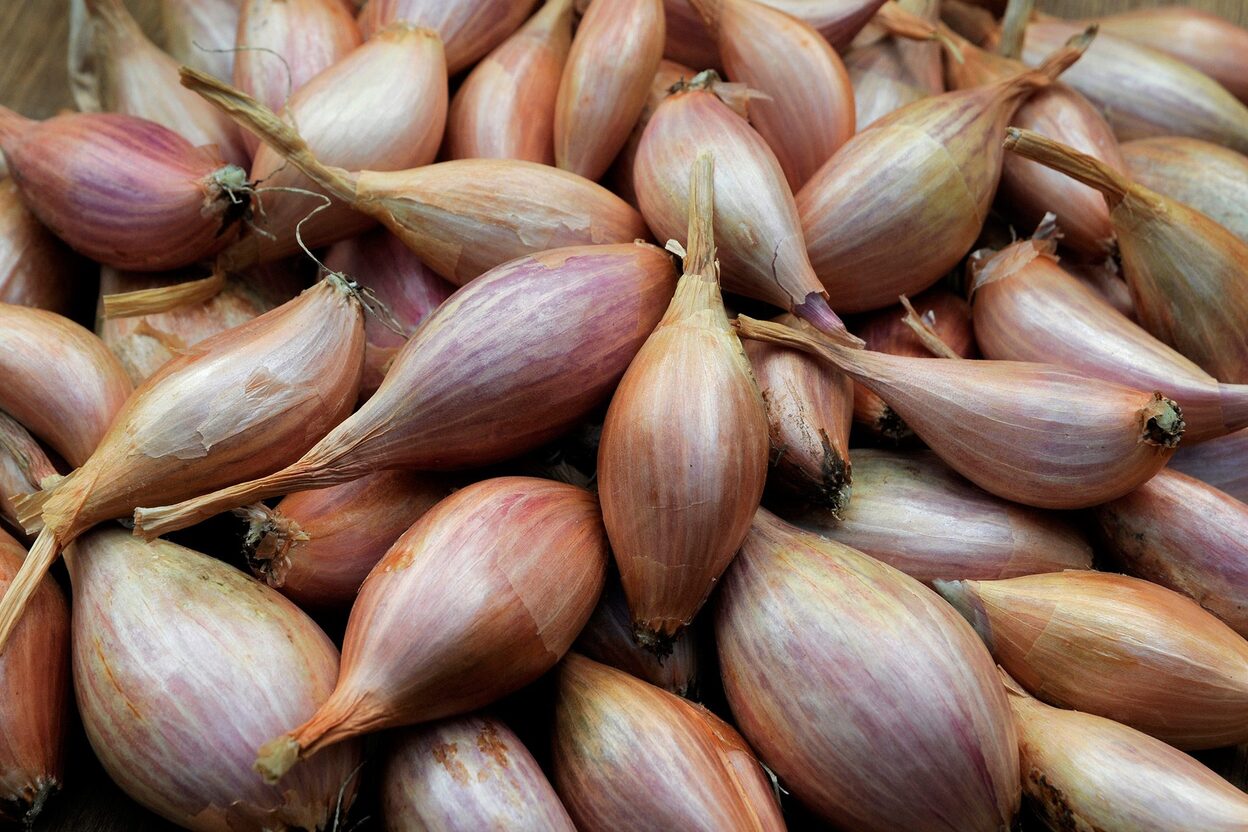
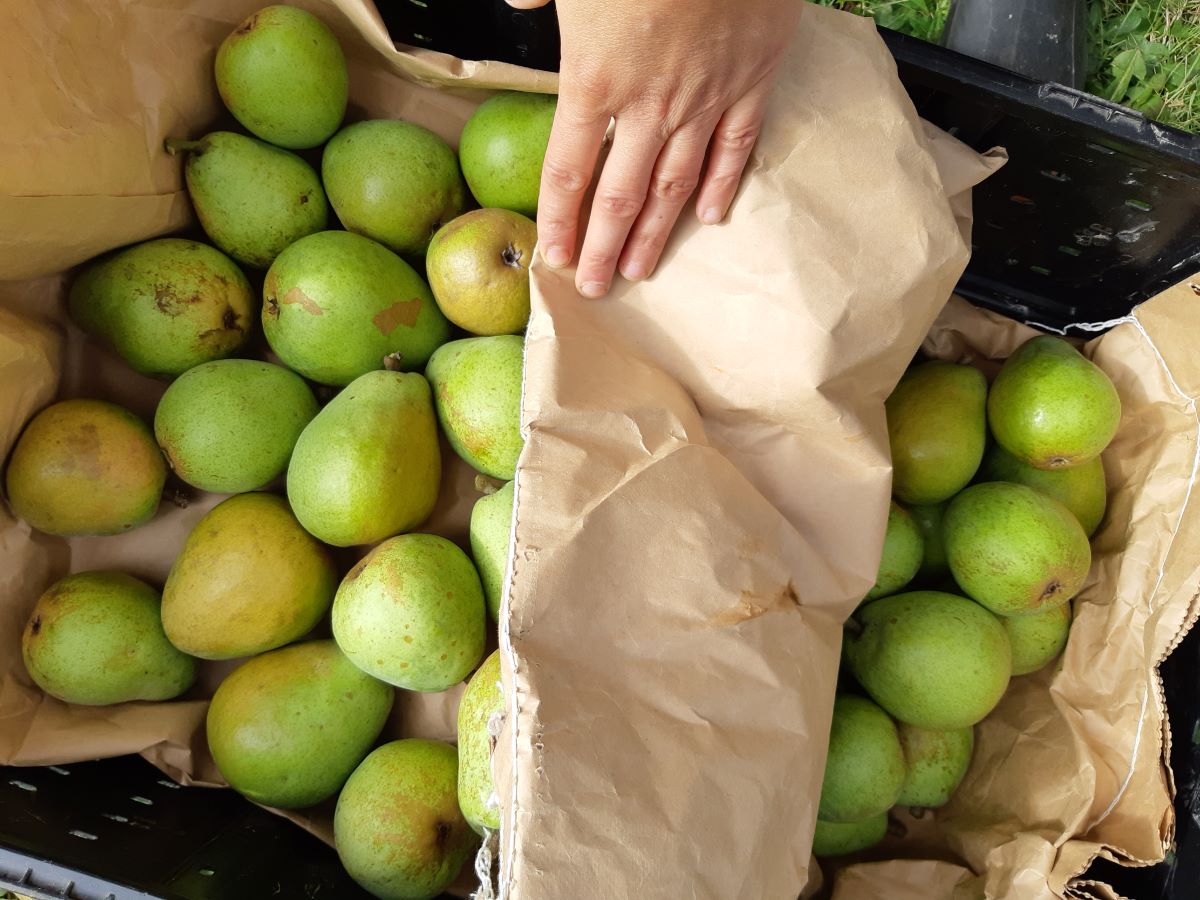
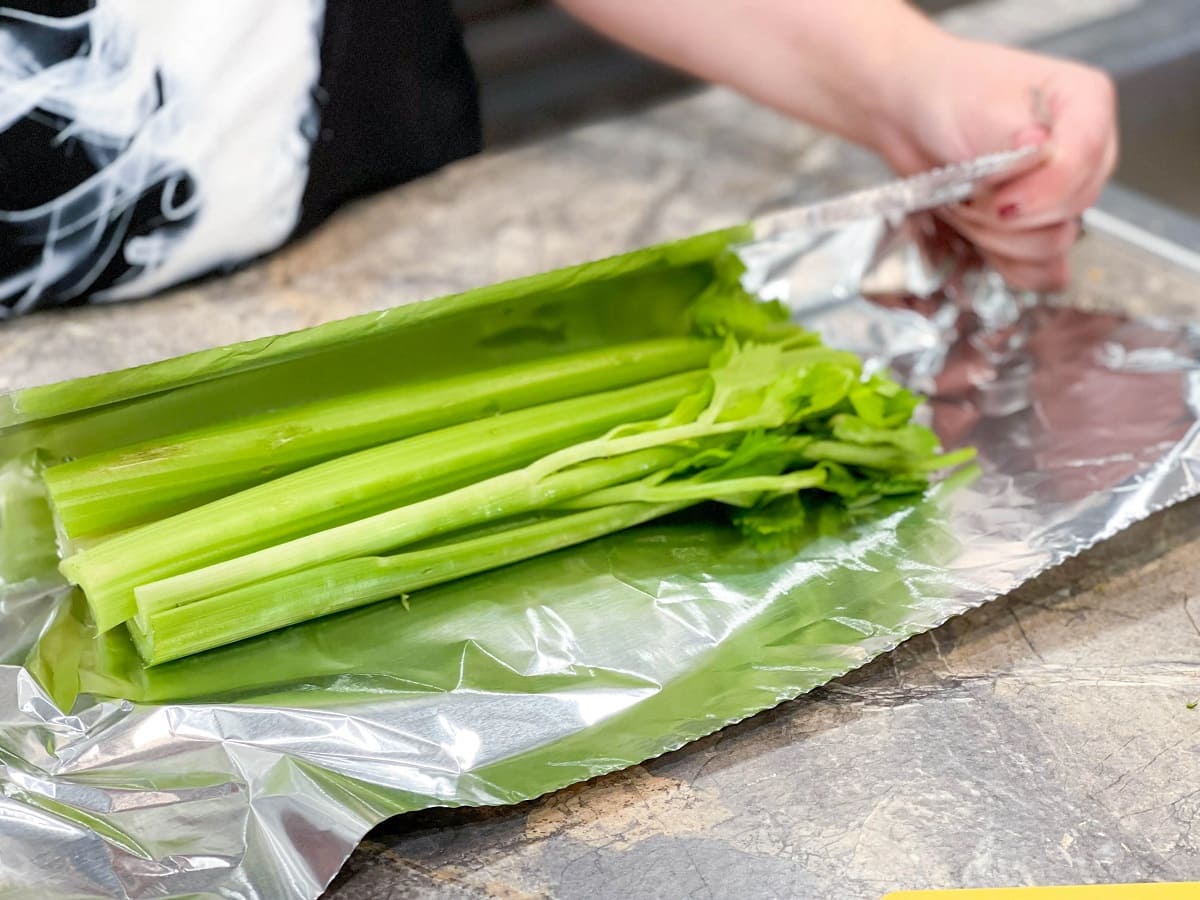
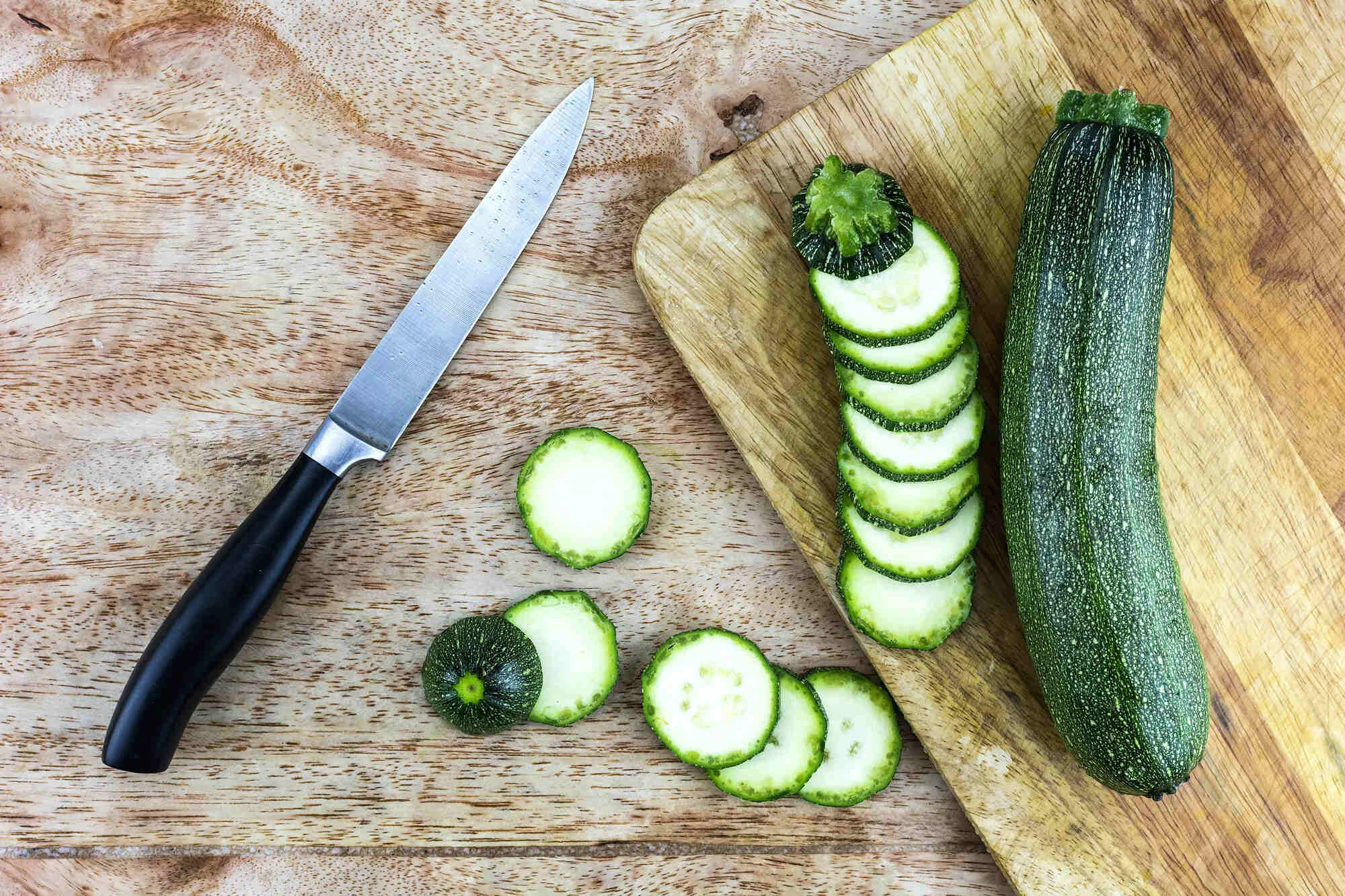
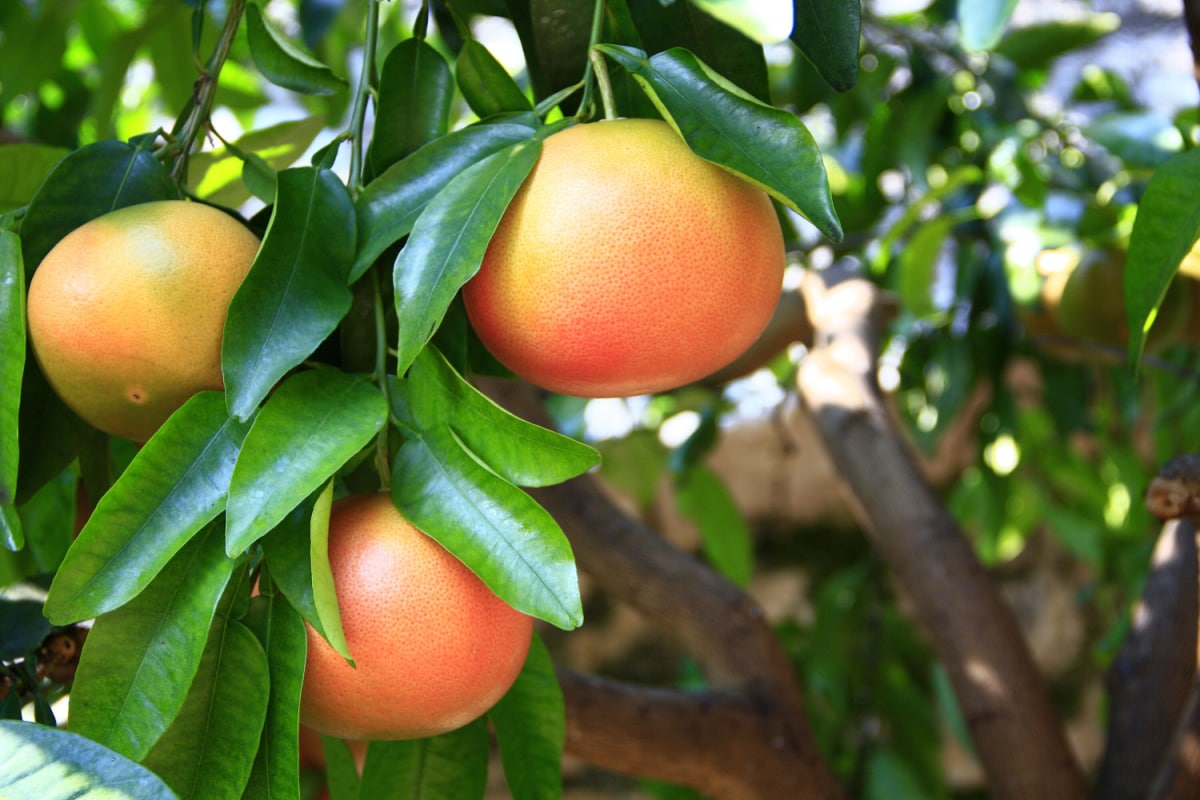
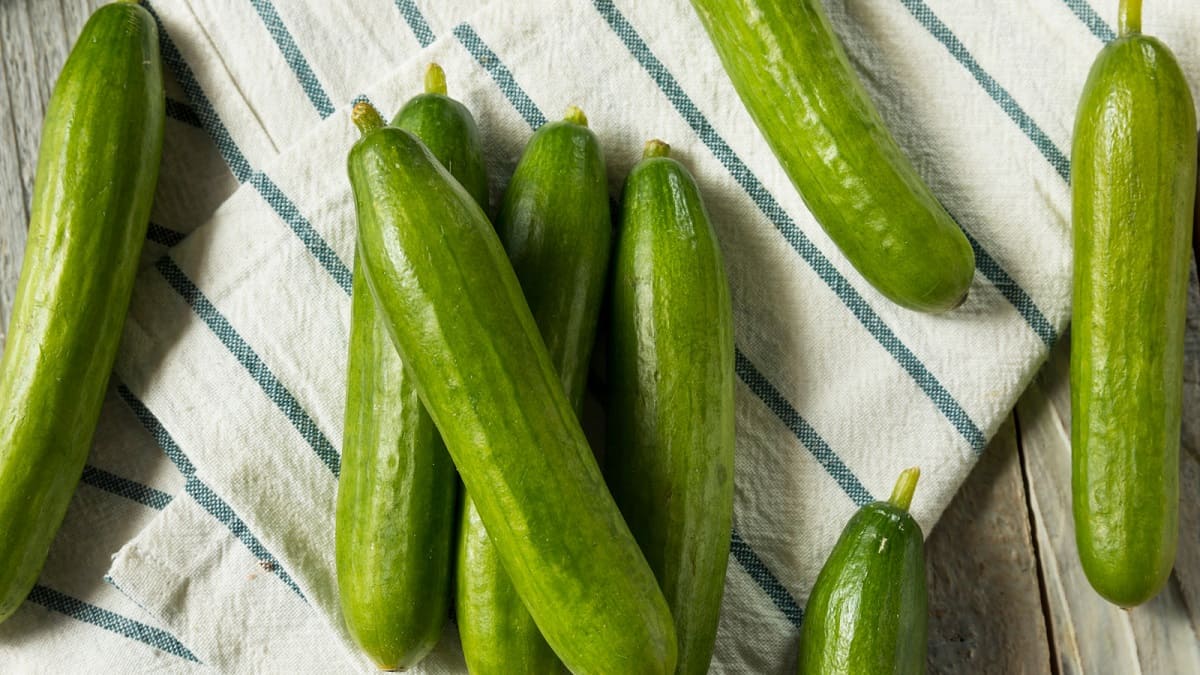
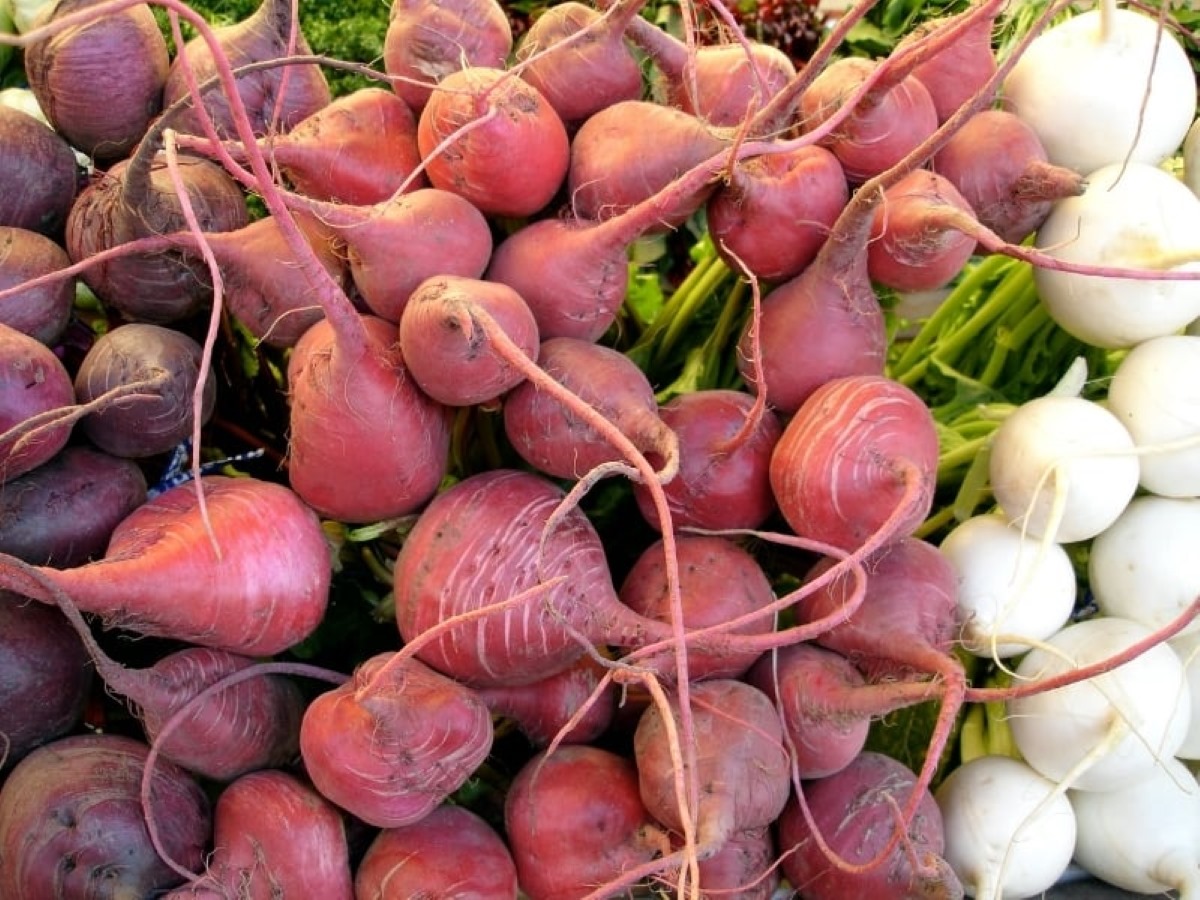
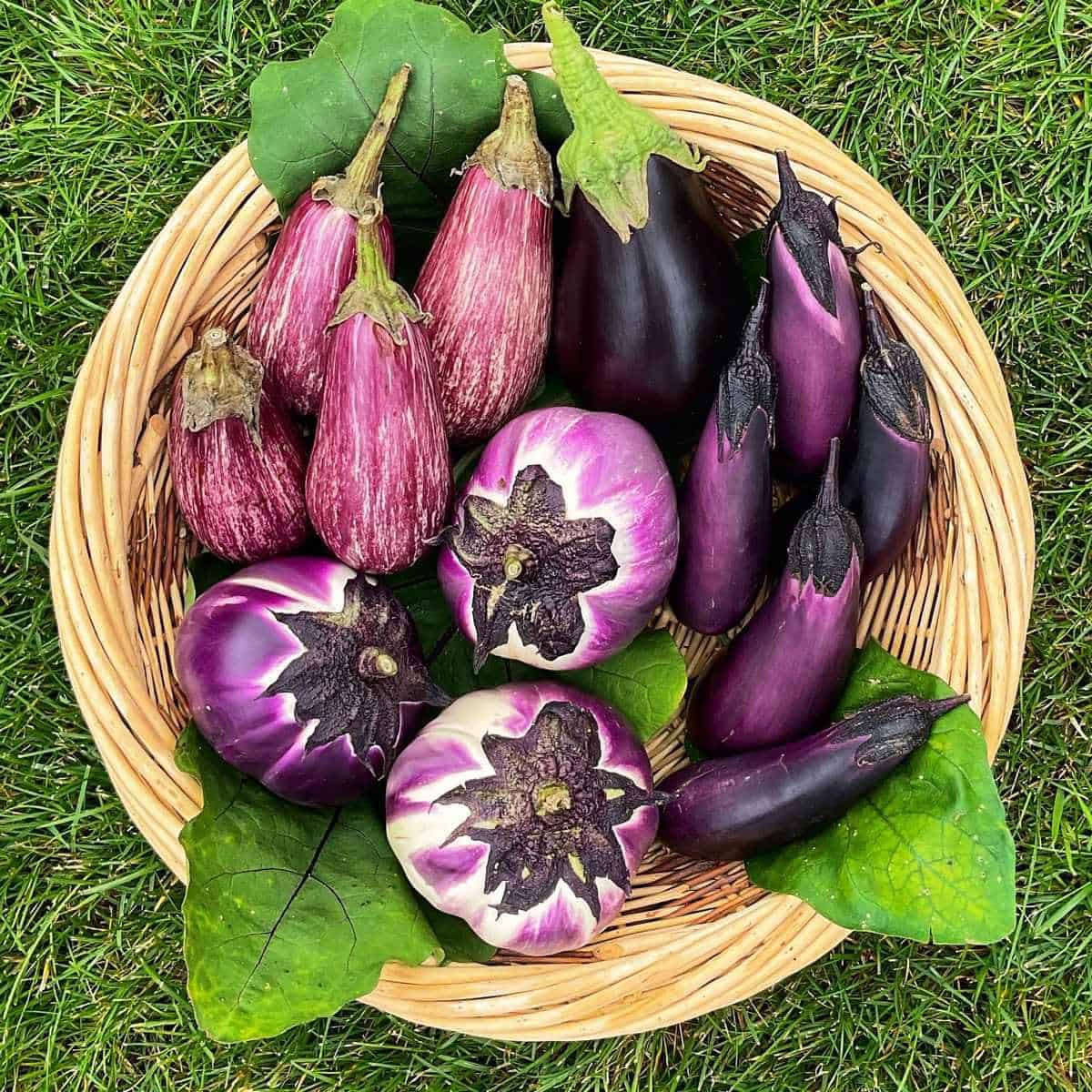
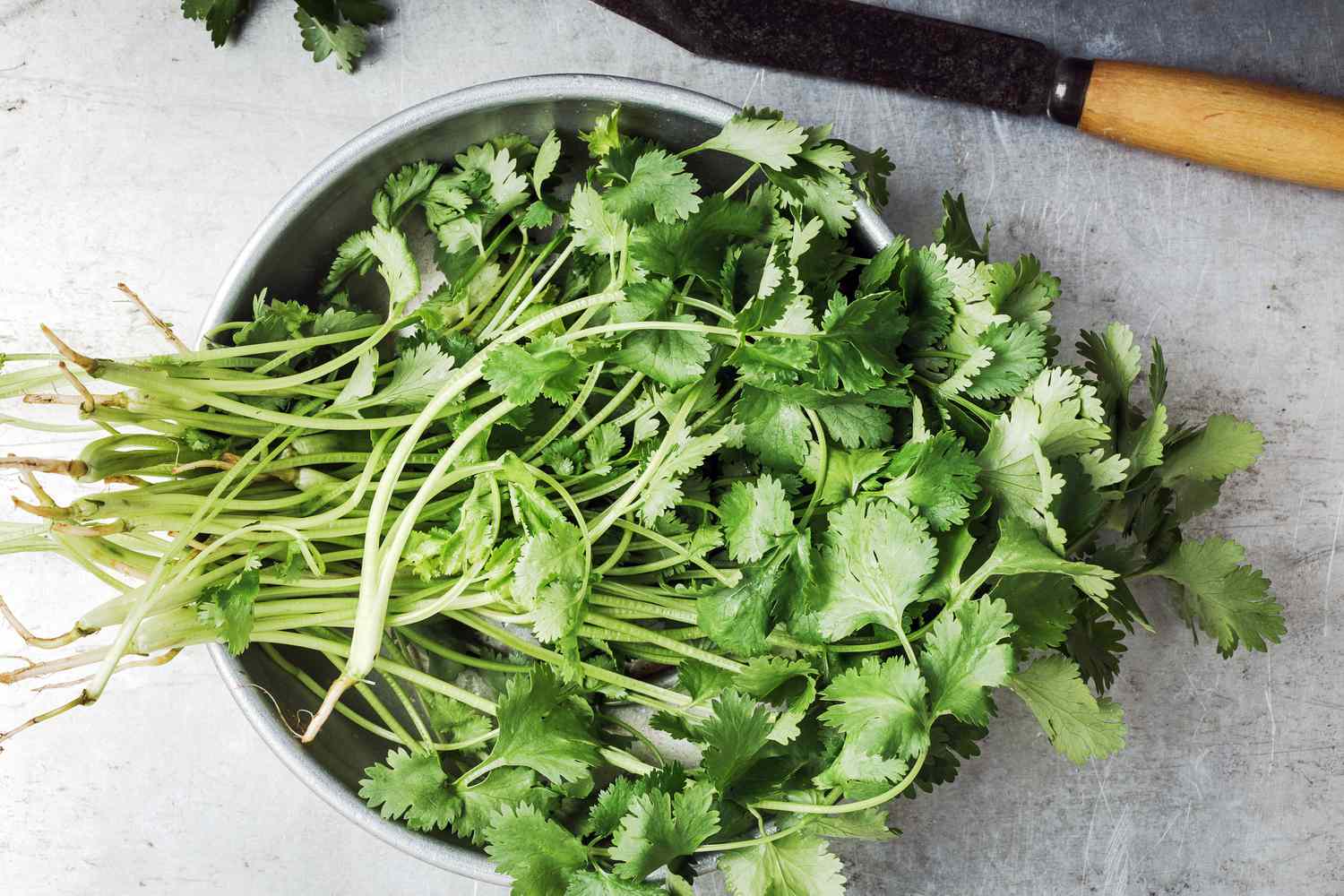
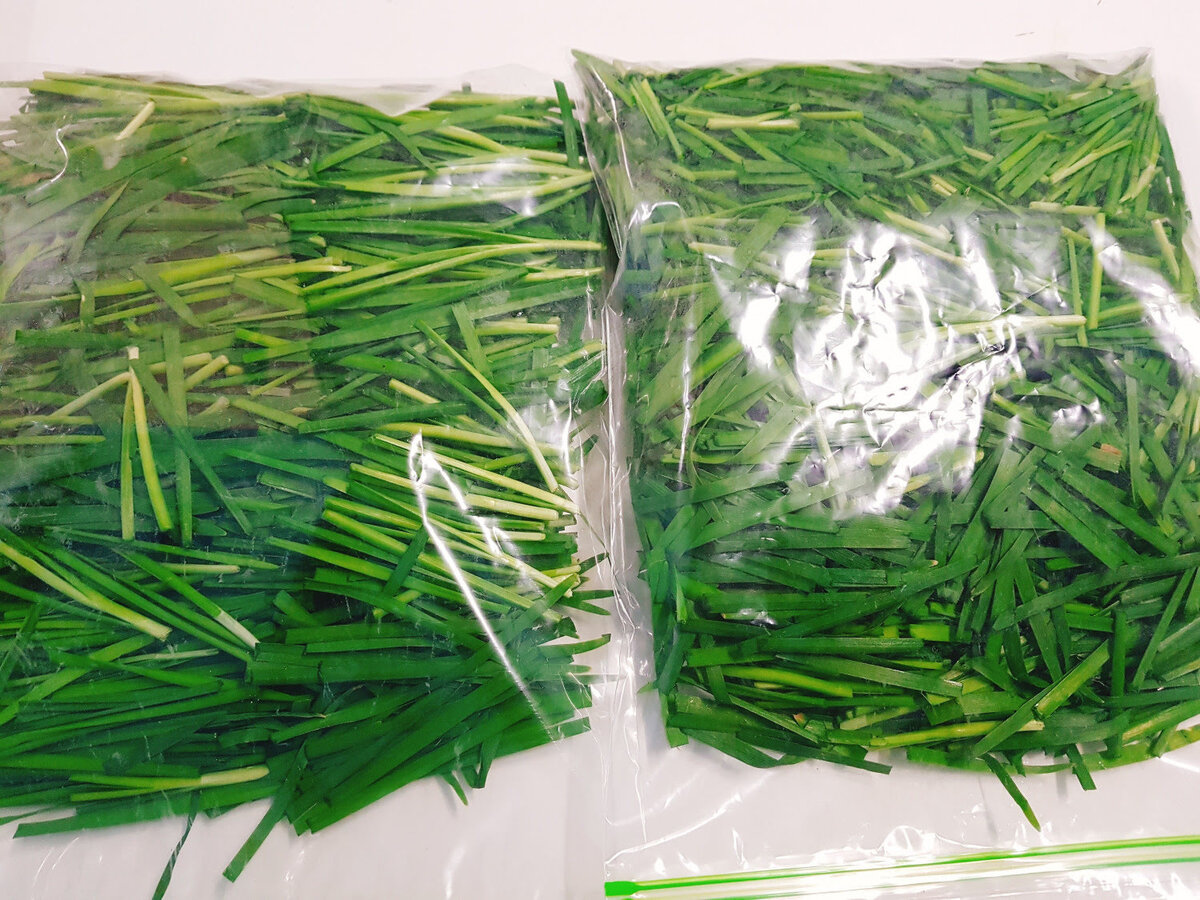

0 thoughts on “How To Store Vegetables Long Term”